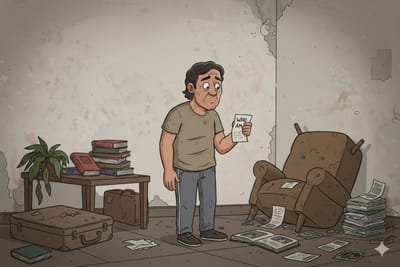On Blocks and the Future of Collaboration and Productivity
Virtual LEGOS and more collaborative documents will make Google Docs look quaint by comparison.

Updated: December 8, 2022
Looks like Canva's all aboard this train.
In 2014, I overhauled my website. I saw the promise of visual editors like Divi by Elegant Themes and went all in. Since that time, it has served as my WordPress theme—and I have stayed with it despite a few bumps along the way. I'm wise enough to know that no application, system, or software is perfect.
To read the rest of this post, you'll need a
➕ Plus or ⭐️ Premium plan.
Sign in or subcribe for a paid plan for full access






